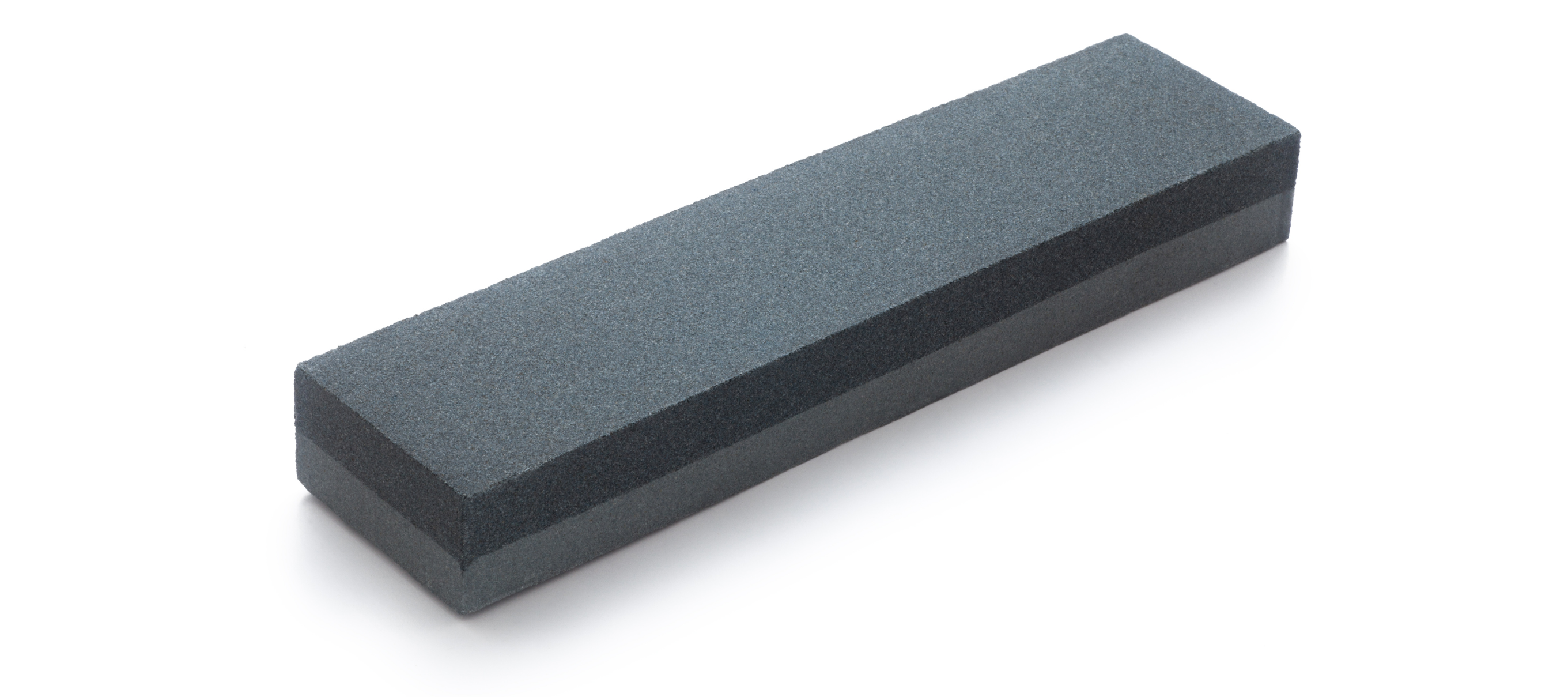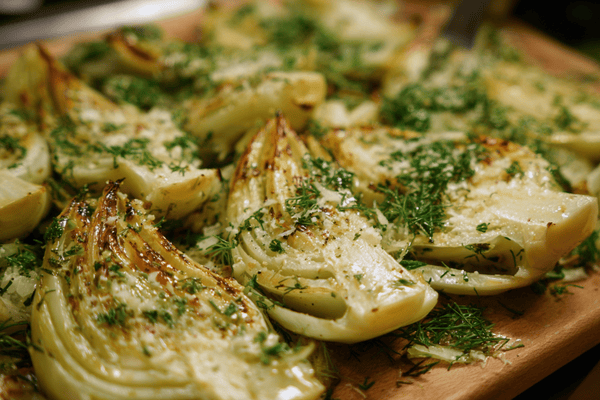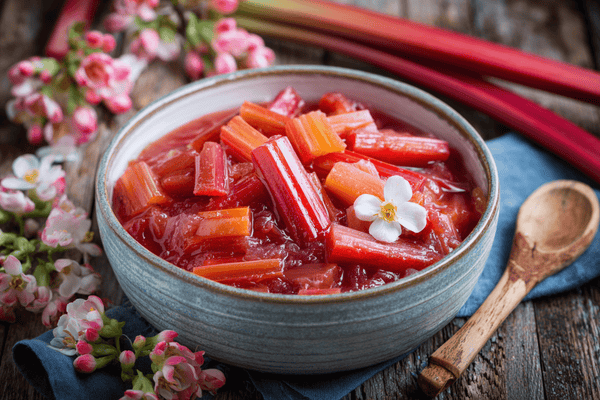 When it comes to sharpening knives, one of the most well-loved tools is the whetstone. These kitchen accessories provide an effective way to turn a dull knife into something that works as well as new.
When it comes to sharpening knives, one of the most well-loved tools is the whetstone. These kitchen accessories provide an effective way to turn a dull knife into something that works as well as new.But as you may guess from their name, whetstones have to be…well, wet; sometimes, at least. But there is often some confusion over how long you need to soak a whetstone and whether there’s actually any need to do it at all.
If you’re new to using sharpening stones on your knife blade and want to make sure that you get it right the first time, then this is the guide for you. We’ll be covering everything you need to know to make sure that your whetstone is as soaked (or unsoaked) as it needs to be.
Table of content
What Is a Whetstone?
The name whetstone doesn’t necessarily mean that the stone has to be wet. The word whet is actually an old English word that refers to the sharpening of a very dull knife and doesn’t have anything to do with water. However, most whetstones should be moistened before use although there are options to turn it into an oilstone. An oilstone is one that is lubricated using oil as opposed to water.Another thing that leads to a lot of people feeling confused is that there are other sharpening stones known as Japanese water stones and these are different yet again. A Japanese Waterstone can only be used with water and never with oil. In fact, if you were to apply oil to one of these stones then it wouldn’t perform as well so this is something that you’ll want to avoid.
To tell the difference, you’ll need to know what exactly is a Japanese waterstone. Essentially, these are natural sedimentary rocks with a mix of silicates that are blended together in a base of clay. The stones are mined throughout Japan for the very specific reason of sharpening blades.
Sharpening stones come in coarse grit whetstone for major maintenance, to fine grit stones for polishing and honing.

Do You Really Need to Soak a Whetstone?
You might be eager to get on with sharpening that dull blade so you can get back to preparing your food. But in reality, it’s not as simple as that and for the most part, you will need to soak the whetstone before you use it.The reason for this is that the whetstone will be far more efficient if it is lubricated with water. Moreover, the stone won’t wear as easily so it will last you longer. As you sharpen the blade, a build-up of swarf or slurry will occur which is a combination of the tiny pieces of metal you are removing from the knife. You want to keep this away from the edge of the blade and water will help to carry it in the opposite direction.
When you soak your whetstone in water, this moisture will be absorbed right into the stone. Once the sharpening process begins, the water will slowly be released as you move the blade across the stone’s surface.
Some people do not soak their whetstones and will simply pour water over the top as they complete the sharpening. However, this is far more time-consuming not to mention how much messing about is involved. It’s far easier to just soak the stone before you get started and then you won’t have to keep pouring water.
How Long Should You Soak a Sharpening Stone?
So, let’s get down to the main order of business... Most manufacturers suggest soaking the whetstone for between 15 and 20 minutes. This gives the water enough time to properly soak into the blade meaning that you won’t need to keep stopping halfway through to apply more water.That said, you will probably have to add a little more water at some point during the process but if you have correctly soaked the stone, you would only expect to have to do this once, twice at the max. Doing this will not only top up the moisture of the stone but will help to wash away any debris that has built up.
We would recommend keeping a spray bottle to hand while you sharpen your knives as this allows you to rewet the stone much more easily. Plus, it’s less messy!
There are some people that believe soaking a whetstone for 20 minutes just isn’t enough and are tempted to leave it for longer. We’ve heard of people soaking their whetstones for up to an hour but is this going to affect how it performs?
In short, the whetstone only has the capacity to soak up a certain amount of water. Imagine a sponge; once it becomes full, water will simply start dripping off and the sponge won't soak up any more. This is similar to a whetstone; once it reaches its capacity, it just won’t soak up any more water.
For this reason, you can be safe in the knowledge that if you do leave your stone in the water longer than you intended, it isn’t going to do it any harm. That said, there may be slight differences when it comes to leaving the stone in water all the time.
Can You Leave a Whetstone in Water?
 Between uses, you might think that it is a good idea to leave the whetstone sitting in water. This way, you won’t have to worry about remembering to soak it before you start your next sharpening job. Whether or not this is appropriate largely depends on the stone. There are some that are perfectly safe to leave in water all the time, while others won’t do as well.
Between uses, you might think that it is a good idea to leave the whetstone sitting in water. This way, you won’t have to worry about remembering to soak it before you start your next sharpening job. Whether or not this is appropriate largely depends on the stone. There are some that are perfectly safe to leave in water all the time, while others won’t do as well.For this reason, it is worth looking at the manufacturer's instructions to figure out how best to store your stone. Here are some of the problems you might face if you permanently soak a stone that isn’t designed to withstand this type of treatment.
● The stone may degrade in quality. There are some whetstones that are made from materials that won’t hold up well when continually submerged in water. The materials will start to disintegrate and your stone will be rendered useless. This is more typical of synthetic stones than it is natural ones.
● There are some whetstones that may crack when they are left underwater for long periods of time. This usually happens if the water starts to freeze. Perhaps it’s winter or you’ve left the water in a cool place. This will cause water to expand inside the stone which can result in cracking.
● If you leave some stones in water for a long time then there is a risk that mould will develop. This happens especially if the stone is out of use for a long time or if you don’t change the water will the stone is being stored. Not only is this unhygienic but it can also make the stone smell, which is unpleasant.
This isn’t true of all stones which is why we’ll reiterate the importance of checking the manufacturer’s instructions before choosing whether or not to leave your stone in water for a long time. Another thing to consider is how often you use the stone. If it’s something you’re going to use very regularly then it might be OK to leave it constantly soaking, provided you buy a stone that can put up with this.
We’d also recommend making sure to perform regular water changes. It can also be useful to add a single drop of dish soap as this will help to keep the water clean and prevent the growth of mould.
When it comes to determining whether or not you can soak your whetstone permanently, it really comes down to the quality of the stone and the materials it is made from. You’ll notice that the higher quality whetstones will come with detailed instructions on how to care for the stone whereas cheaper alternatives may not. If you buy one of these stones then you’ll probably find that there is a bit of trial and error involved in figuring out how best to soak and store it.
Tips on Drying a Whetstone
 Sometimes, you may wish to store your whetstone somewhere other than in water. In this case, you’ll need to allow it to dry out before you put it away. But it’s important to remember that you can dry your whetstone too quickly as this can result in irregular drying which can cause problems with the quality and effectiveness of the stone.
Sometimes, you may wish to store your whetstone somewhere other than in water. In this case, you’ll need to allow it to dry out before you put it away. But it’s important to remember that you can dry your whetstone too quickly as this can result in irregular drying which can cause problems with the quality and effectiveness of the stone.Moreover, some stones are not designed to dry out entirely as this can also affect their quality and how well they perform.
If you’re going to dry out your whetstone, it’s a good idea to keep in mind that this process can often take more than 24 hours. Putting the stone away before it is fully dry means that some moisture will remain on the inside and this can lead to problems with mould.
My Whetstone Is Not Staying Wet
Sometimes, you may notice that, regardless of how long you soak your whetstone, the moisture just doesn’t seem to be staying in. This could be for a number of reasons but here are some things that you could try to improve the situation.● Make sure that you aren’t putting your whetstone on a towel when it is in use. The material of the towel will naturally soak up moisture from the whetstone causing it to require wetting more frequently.
● When your stone is new, you may need to flatten the surface using another stone. When you buy your whetstone, there may be a glaze over the surface and this can make it more difficult for the stone to retain moisture.
● Check the manufacturer’s instructions. There are some stones that don’t need soaking while other cheap stones might simply not be able to hold water.
Final Thoughts
Using a whetstone - coarse grit to finer grit stone - is one of the best ways to sharpen knives but it’s important to make sure that they are properly prepared first. Many whetstones require to be soaked before you can sharpen with them and generally speaking, you’ll need to do this for between 15 and 20 minutes.Some whetstones can be stored in water permanently which eliminates the need to soak them before each use. However, this isn’t the case across the board so you should make sure to follow the instructions for your particular stone. We would never recommend using an electric knife sharpener on Japanese chef knives.
Sharpened knives are more enjoyable to use, more precise and efficient, and also safer to use.


